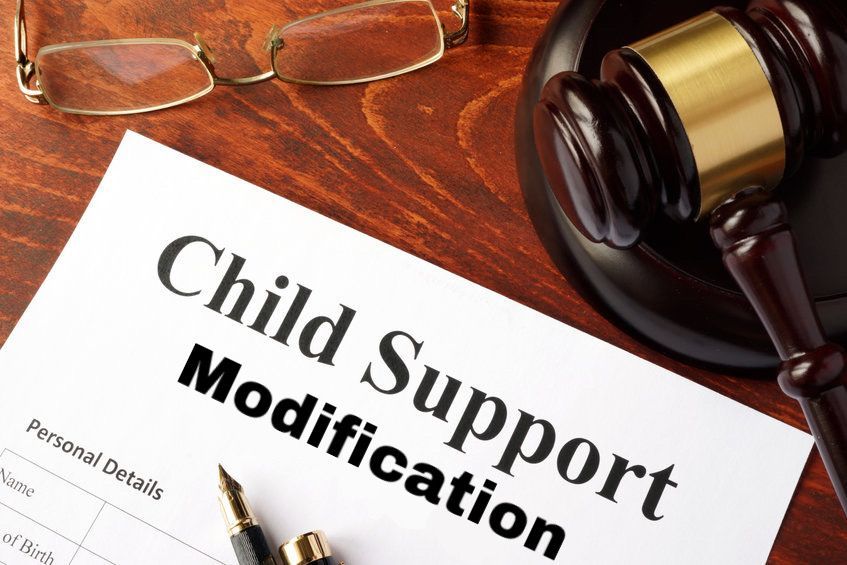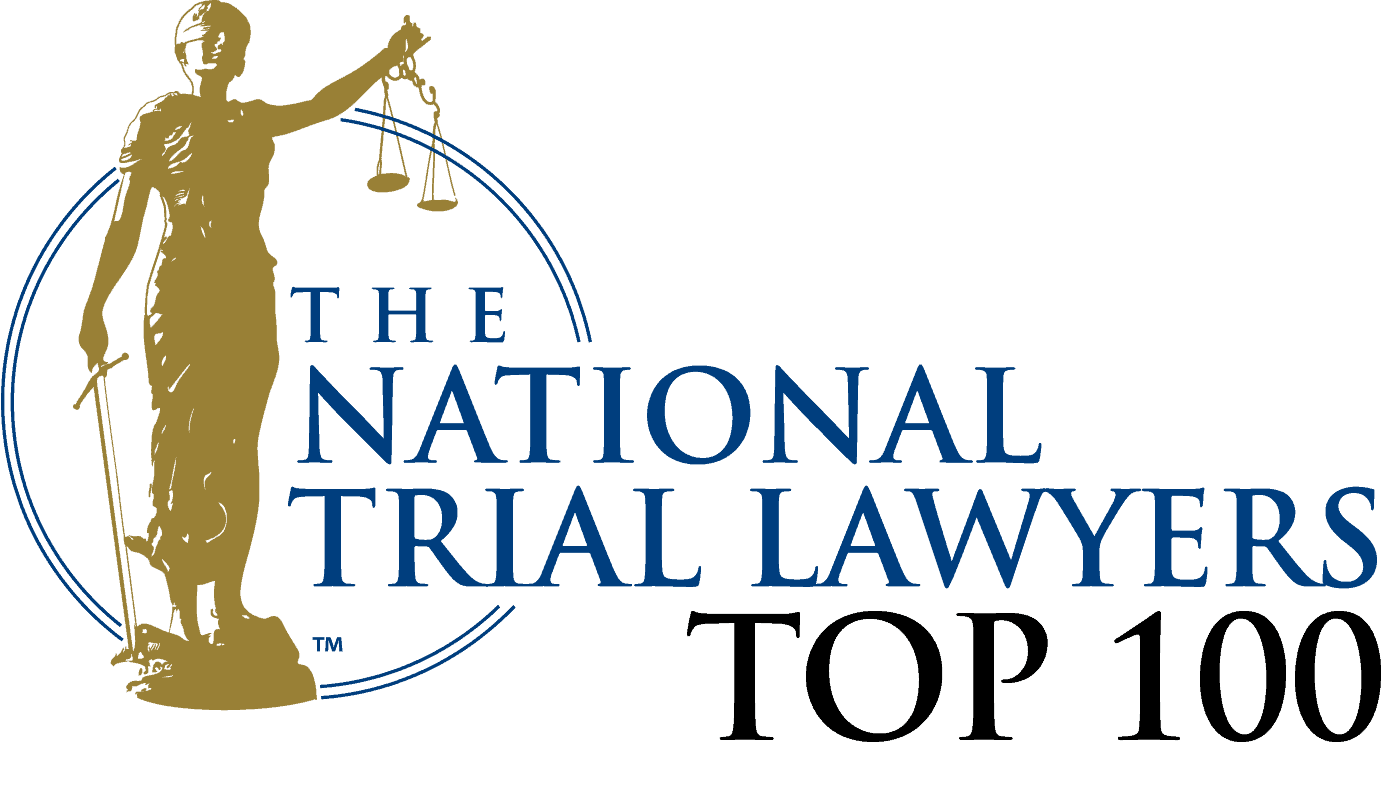What to Expect: Costs for Personal Injury Consultations Explained Clearly and Transparently
Understanding how much you should expect to pay for a personal injury consultation can eliminate uncertainty and empower you to make informed decisions. At itwlaw.com, our seasoned Rhode Island attorneys offer a transparent approach to fees and expenses, ensuring that families and businesses know exactly what to expect from a free initial meeting through final settlement disbursement. This guide will cover:
- Are personal injury consultations really free?
- How personal injury lawyers charge, including contingency fees.
- Other case expenses beyond attorney fees.
- Alternative fee structures, like hourly or flat rates.
- Ensuring transparency through a clear fee agreement.
- How fees and expenses affect your final recovery.
- Next steps after your free consultation.
Are Personal Injury Consultations Really Free? Understanding the Initial Meeting Costs
A free personal injury consultation provides a risk-free opportunity to discuss your case with an attorney, learn your rights, and explore potential outcomes without paying upfront fees. This no-cost meeting lays the groundwork for future representation and establishes a transparent fee structure before any commitment.
What Is a Free Personal Injury Consultation?
A free personal injury consultation is a complimentary meeting offered by attorneys to evaluate your case, explain legal options, and outline next steps without any obligation or upfront cost. This service allows you to gauge attorney expertise and decide if you wish to proceed, giving you a clear starting point before entering a fee arrangement.
What Happens During Your Free Personal Injury Consultation?
Below is a typical agenda for an initial meeting with a personal injury lawyer:
- Case Overview – You describe incident details, injury timeline, and potential defendants.
- Evidence Review – The attorney examines any medical records, photos, or police reports you bring.
- Legal Assessment – Discussion of liability, potential claims, and likely compensation ranges.
- Fee Explanation – Clear outline of the contingency fee model and any expected case expenses.
- Next Steps – Recommendations on gathering additional evidence and signing a fee agreement if you decide to hire.
How Should You Prepare for Your Free Consultation?
Effective preparation helps you maximize the value of a free consultation:
- Collect medical records, bills, and proof of expenses.
- Bring photos of injuries, accident scenes, or property damage.
- Prepare a timeline of events and witness contact details.
- List questions about fees, case length, and likely outcomes.
- Note any insurance correspondence or settlement offers.
Arriving organized allows the attorney to focus on legal analysis rather than administrative details, streamlining your first meeting and setting a clear path for representation.
What Are the Benefits of a No-Cost Initial Consultation?
Free consultations offer several advantages:
- Zero financial risk before hiring an attorney.
- Insight into case viability and compensation estimates.
- Direct access to professional legal advice.
- Opportunity to compare multiple attorneys.
This revenue-free entry point promotes equal access to justice and ensures you only incur costs when confident in your representation.
How Do Personal Injury Lawyers Charge? Explaining Contingency Fees and Payment Models

Personal injury attorneys commonly work on a contingency fee basis, where their payment depends entirely on securing compensation for you. This alignment of interests removes upfront costs and motivates attorneys to achieve the best possible outcome.
What Is a Contingency Fee in Personal Injury Cases?
A contingency fee is a percentage of your settlement or court award paid to your attorney only if you recover damages. This arrangement means the lawyer advances case expenses and shares risk with the client: if there is no recovery, you owe no attorney fees. Contingency fees foster client-attorney alignment and preserve cash flow for families and businesses.
What Are Typical Contingency Fee Percentages?
| Case Phase | Fee Percentage | Application |
|---|---|---|
| Pre-litigation Settlement | 33% | The majority of cases are resolved before filing a lawsuit |
| Litigation (Trial) | 40% | Higher effort and risk when proceeding to trial |
| Appeal | 25% | Additional appellate work after the trial verdict |
Standard Contingency Fee Structures in Personal Injury Cases
Personal injury attorneys commonly operate on a contingency fee basis, where their payment is a percentage of the final settlement or court award. This percentage typically ranges from 33% for cases resolved before litigation to 40% if the case proceeds to trial, reflecting the increased legal work and risk involved. This fee structure ensures clients do not pay upfront legal fees, aligning the attorney's interests with securing a favorable outcome.
How Does the "No Win, No Fee" Promise Work?
The "No Win, No Fee" promise means you pay nothing in attorney fees if your case does not result in a financial recovery. Your lawyer advances case expenses—such as filing fees and expert witness costs—and only recovers those expenses plus the agreed percentage if you win. This guarantee protects you from financial risk while ensuring full commitment from your attorney.
What Should You Look for in a Contingency Fee Agreement?
When reviewing a contingency fee contract, confirm the following key items:
- The exact percentage applied at each stage (settlement, trial, appeal).
- Clear terms for advancing and reimbursing case expenses.
- Definition of “net recovery” calculation (gross minus expenses).
- Conditions under which you or the attorney may terminate representation.
Understanding these clauses upfront prevents surprises and maintains trust throughout your case.
What Other Costs Should You Expect Beyond Attorney Fees? Understanding Case Expenses
Attorney fees cover legal representation, but lawsuits incur additional expenses necessary for developing and proving your claim. Knowing these costs prevents unexpected deductions from your settlement.
What Are Common Case Expenses in Personal Injury Lawsuits?
Case expenses typically include:
- Court filing and service fees are required to start and maintain a suit.
- Expert witness fees for medical, accident reconstruction, or vocational specialists.
- Medical record retrieval and copying charges.
- Deposition transcript costs and court reporting fees.
Beyond attorney fees, personal injury lawsuits involve various expenses such as court filing fees, expert witness fees, medical record retrieval, and deposition costs. These expenses are typically advanced by the attorney and reimbursed from the settlement or award. A written fee agreement is crucial for transparency, clearly outlining the contingency fee percentages, how case expenses will be handled, and the "no win, no fee" promise, which means clients are not responsible for attorney fees if no financial recovery is made.
Who Pays for Case Expenses and When?
Typically, your attorney advances case expenses to preserve your cash flow. The cost-advancement agreement is detailed in your fee contract—lawyers' front expenses during litigation are reimbursed from the settlement or award before calculating attorney fees. This structure ensures continuous progress without imposing financial strain on clients.
How Do Medical Liens Affect Your Settlement?
A medical lien is a legal claim by a healthcare provider or insurer on part of your settlement to cover treatment costs. These liens arise from emergency care, hospital bills, or subrogation by insurers. While liens enable you to secure necessary care immediately, they reduce your net recovery by repaying medical costs first, then attorney fees, with remaining funds paid to you.
Are There Alternative Fee Structures? When Do Hourly or Flat Fees Apply in Personal Injury Cases?
Although contingency fees dominate personal injury, some cases use hourly or flat rates for specific services or limited-scope representation.
How Do Hourly Rates and Flat Fees Differ from Contingency Fees?
Hourly fees charge a fixed rate per attorney hour, providing billing transparency but requiring clients to pay regardless of outcome. Flat fees set a predetermined amount for a discrete task, such as drafting a demand letter. In contrast, contingency fees tie payment to success, eliminating upfront costs but sharing a portion of your recovery.
When Might a Personal Injury Lawyer Charge Hourly or Flat Fees?
Personal injury lawyers may apply alternate fees in rare situations:
- Small claims or minor property damage matters where contingency is impractical.
- Limited-scope tasks, like reviewing settlement offers or drafting demand letters.
- Consultations or advice outside full representation are billed at an hourly rate.
These structures are well-suited for low-risk, well-defined engagements.
What Are California-Specific Regulations on Personal Injury Lawyer Fees?
California rules govern contingency fee limits to protect clients:
- Pre-litigation settlements are capped at 33⅓% recovery.
- Cases filed but settled before trial are limited to 40%.
- Appeals and writ proceedings are subject to a maximum of 25%.
These guidelines ensure consistency, prevent excessive charges, and promote fair client outcomes under state ethics rules.
How to Ensure Transparency and Trust: Your Personal Injury Fee Agreement Explained

A comprehensive written agreement clarifies all financial obligations, fostering trust and minimizing disputes.
What Key Questions Should You Ask About Attorney Fees?
Before signing, confirm:
- What exact percentage applies at settlement and trial?
- How and when are case expenses advanced and reimbursed?
- Does the agreement define “net recovery” for fee calculation?
- Are there any upfront costs or retainers required?
- Under what conditions can either party terminate representation?
These questions ensure you fully understand payment mechanics and responsibilities.
Why Is a Written Fee Agreement Important?
A written fee agreement is both a legal requirement and a vital protection tool. It documents the scope of representation, fee percentages, expense handling, and termination rights. By formally detailing obligations, this contract preserves client rights, reduces misunderstandings, and provides a clear reference throughout your case.
How Does the Fee Agreement Outline Payment Terms and Case Expenses?
Your fee agreement will specify:
- The contingency percentage is structured by case stage.
- Expense categories that the attorney will advance.
- Timing and order of reimbursements (expenses first, then fees).
- Any retainer or deposit requirements, if applicable.
This transparent layout lets you anticipate deductions and net recovery before you sign.
How Does the Personal Injury Lawyer’s Fee Affect Your Settlement? Understanding the Disbursement Process
A clear understanding of the settlement breakdown prevents misunderstandings and sets accurate expectations for your net recovery.
How Is the Settlement Amount Divided Between Fees and Expenses?
After securing a gross settlement, distributions follow this order:
- Case Expenses Reimbursement – Experts, court fees, and medical records.
- Attorney Fee Deduction – Contingency percentage applied to the remaining amount.
- Client Net Recovery – Balance after all deductions, paid directly to you.
This sequential structure ensures all parties are compensated fairly and in proper order.
What Percentage of Your Settlement Typically Goes to Attorney Fees?
On average, personal injury attorney fees consume:
- 33% of pre-litigation settlements.
- 40% of contested cases proceed to trial.
These percentages reflect the level of effort and risk borne by your legal team in securing compensation.
How Are Case Expenses Reimbursed from Your Settlement?
Case expenses are reimbursed at the outset of disbursement. Once the gross amount arrives, your attorney subtracts advanced costs, then applies the contingency percentage to the remainder. Finally, the clean sum is transferred to you, providing full transparency in financial accounting.
What Are the Next Steps After Your Free Consultation? Preparing for Legal Representation and Costs
Once you decide to move forward, you’ll enter a streamlined process that clarifies responsibilities, timelines, and communication protocols.
How Do You Decide to Hire a Personal Injury Lawyer After Consultation?
Choose representation by evaluating:
- Attorney has experience in similar personal injury cases.
- Clear explanation of fees, expenses, and timelines.
- Rapport and communication style.
- Estimated range of your potential recovery based on case facts.
A confident decision balances expertise with transparent cost expectations.
What Should You Expect in the Early Stages of Your Case?
In the initial phase, you will:
- Sign a written fee agreement outlining fees and expense terms.
- Provide additional records and medical authorizations.
- Attorney files claims or demand letters on your behalf.
- Ongoing case updates and strategy discussions.
This structured approach ensures full alignment on legal actions and financial responsibilities from day one.
How Can You Contact itwlaw.com for a Free Personal Injury Consultation?
To schedule your complimentary case evaluation with our experienced Rhode Island team, call our office at 401-823-9200. Our attorneys are ready to discuss your situation, explain the expected costs, and develop a plan to secure the compensation you deserve.
We handle consultations promptly and with the transparency you need to move forward confidently.
In choosing our firm, you gain dedicated advocates committed to clear communication, ethical fee structures, and maximizing your recovery. Reach out today to take the first step without any upfront financial obligation.











